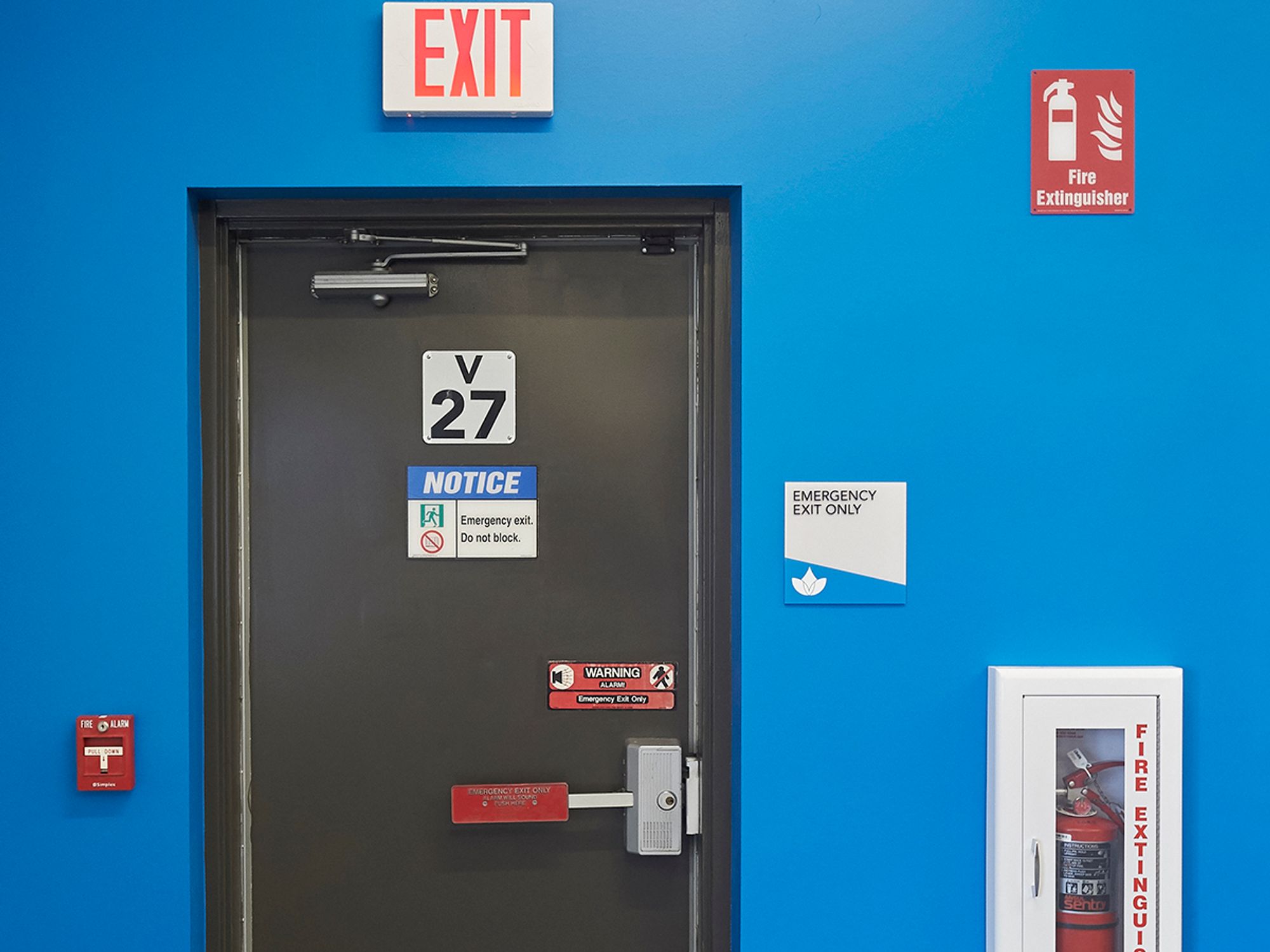InstituteOverview (Level 1)Safety & HealthGeneral Industry SafetyFire Protection and PreventionFire Protection and PreventionEnglishAnalysisFocus AreaUSA
Fire protection and prevention
['Fire Protection and Prevention']

Because of the extreme damage and danger that comes with fire and workplace fire hazards, it’s important to know all you can about fire prevention and what to do if a fire does erupt. Luckily, OSHA regulates several aspects of fire protection and response, which you can find in Subpart L to 29 CFR 1910. Subpart L is about fire protection, not fire prevention or evacuation, which are covered elsewhere, at 1910.39 and 1910.38, respectively.
Armed with OSHA’s regulations, you may want to create a fire prevention plan (FPP) for the workplace, which specifies what your establishment can do to prevent fires and control their damage. The FPP doesn’t need to provide fire evacuation procedures, but it certainly doesn’t hurt!
